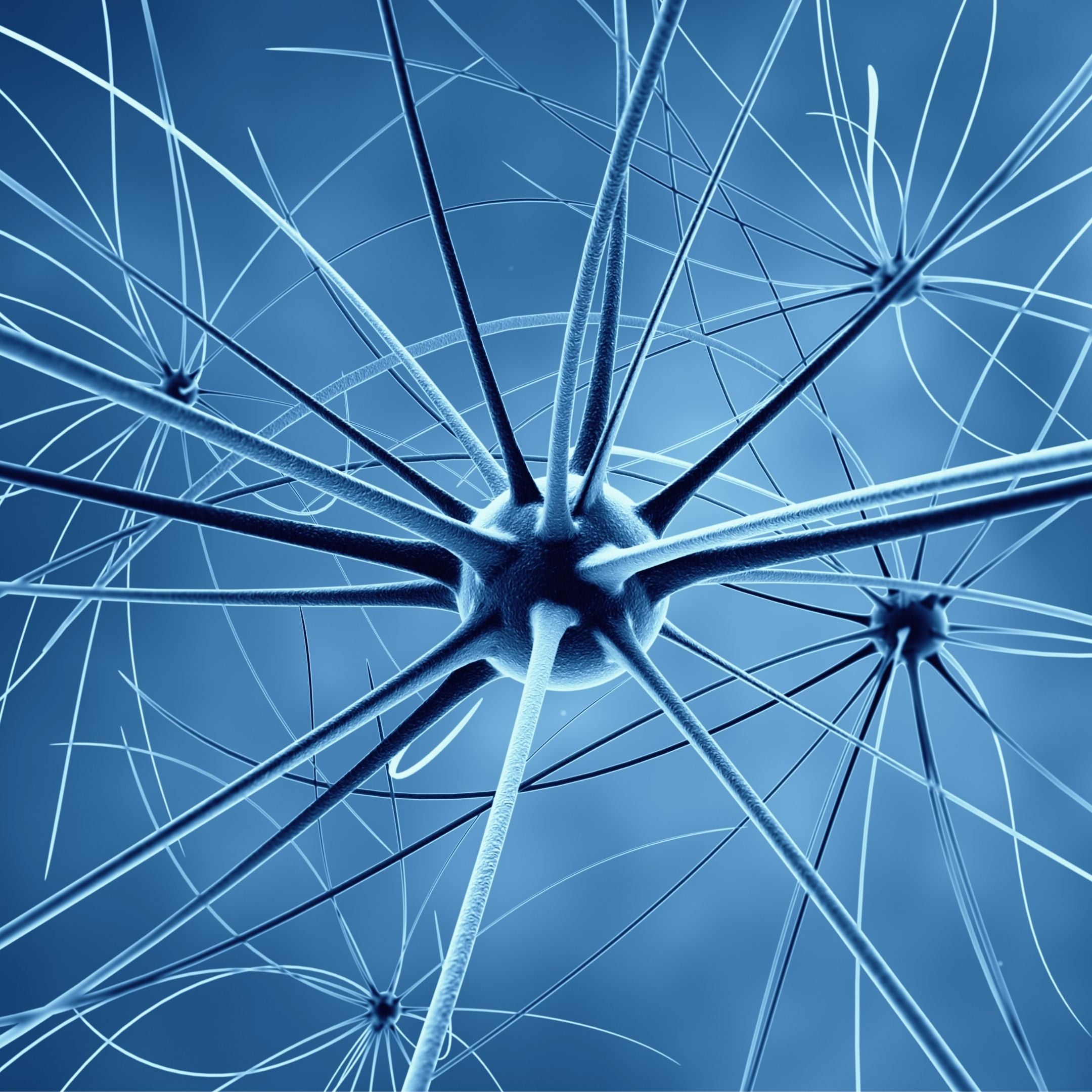
From Beta to Theta: The Shift That Changes Everything
The theta brainwave state (4–8 Hz) is a deeply restorative frequency associated with enhanced neuroplasticity, stress reduction, and improved emotional regulation (Jirakittayakorn & Wongsawat, 2017). During meditation and sound healing, the brain shifts from active beta waves into theta, a state linked to deep relaxation, heightened creativity, and accelerated learning (Lagopoulos et al., 2009).
Figure 4. The five different brain waves: Delta, theta, alpha, beta, and gamma. (Gonzalez-Santocildes et al., 2024)
The Science-Backed Benefits of Theta-Centric Sound Meditation
-
Enhance Focus & Cognitive Performance
Theta wave stimulation has been shown to improve sustained attention, working memory, and problem-solving skills, making it a powerful tool for professionals and creatives alike (Bașar et al., 2016).
-
Optimize Athletic Performance & Motor Learning
Studies show that theta waves enhance reaction time, coordination, and motor skill acquisition, making sound meditation an effortless tool for athletes looking to perform at their peak (Eschmann et al., 2022; Tosti et al., 2024).
-
Increase Energy & Prevent Burnout
By reducing mental fatigue and restoring nervous system balance, Theta-Centric Sound Meditation helps sustain energy levels, improve endurance, and prevent burnout, both in high-performance workplaces and athletic settings (Tang et al., 2009).
-
Strengthen Team Cohesion & Collaboration
Research shows that group meditation and sound healing enhance social connection, empathy, and collective focus, helping teams work together more effectively and perform at a higher level (Kok et al., 2013).
-
Boost Creativity & Problem-Solving
Theta brainwave activity is linked to heightened creativity, intuition, and innovation, helping individuals tap into their best ideas and breakthrough thinking (Lagopoulos et al., 2009).
-
Accelerate Recovery & Reduce Stress
By activating the parasympathetic nervous system, sound-based meditation lowers cortisol levels, promotes deep relaxation, and speeds up physical and mental recovery (Fancourt et al., 2016).
-
Improve Emotional Resilience & Mental Clarity
Regular sound meditation has been shown to strengthen emotional regulation, reduce anxiety, and enhance adaptability, making it an essential tool for navigating stressful work and life challenges (Tang et al., 2009).
-
Support Deep, Restorative Sleep
Theta-centric meditation naturally improves sleep quality, enhances melatonin production, and promotes a state of deep rest and renewal, allowing the body to fully recover (Landry et al., 2014).

The Science of Brainwave Entrainment
Neuroscientific research shows that specific sound frequencies, such as binaural beats and harmonic vibrations, can synchronize brain activity and promote physiological relaxation (Gao et al., 2014). This process, known as brainwave entrainment, allows the brain to naturally align with external sound frequencies, creating a shift in neural activity that supports stress reduction, cognitive enhancement, and nervous system regulation.

Enhancing Neuroplasticity & Emotional Resilience
Studies suggest that theta-frequency sound stimulation can enhance neuroplasticity, improving memory consolidation, emotional resilience, and mental clarity (Jirakittayakorn & Wongsawat, 2017). Additionally, rhythmic sound vibrations have been shown to activate the parasympathetic nervous system, reducing cortisol levels and promoting deep relaxation without effort (Hernandez-Ruiz, 2005).

Unlocking Cognitive & Physical Optimization
By effortlessly guiding the brain into an optimal state, these frequencies help unlock deeper focus, faster recovery, and enhanced creativity, making them a powerful tool for both healing and high performance. Sound-based meditation has been shown to optimize cognitive function, accelerate physical recovery, and enhance stress resilience, benefiting both professionals and athletes striving for peak performance.

The Role of Theta Waves in Athletic & Professional Performance
Studies indicate that theta-frequency stimulation can improve reaction time, coordination, and motor learning, making it a valuable tool for athletic training and competition (Eschmann et al., 2022; Tosti et al., 2024). Similarly, research suggests that regular meditation and sound therapy can sharpen decision-making, enhance adaptability, and boost sustained attention in high-pressure professional environments (Tang et al., 2009).

The Role of Sound Frequencies in Brain & Body Optimization
Theta-Centric Sound Meditation provides a passive yet powerful way to regulate the nervous system, improve mental clarity, and optimize both cognitive and physical performance. By leveraging scientifically backed sound frequencies, individuals and teams can experience deep relaxation and heightened efficiency, making this an essential tool for modern professionals, leaders, and athletes.

Skyrocket Performance & Wellness Through Sound
Theta waves serve as a gateway to deep mental and physical restoration, allowing individuals to enhance their performance with ease. Research highlights how these sound frequencies create measurable improvements in productivity, emotional resilience, and energy levels, helping individuals, teams, and athletes reach their full potential.
Ready to Elevate Your Mind & Performance?
Theta-Centric Sound Meditation is more than just relaxation! It’s a proven tool for mental clarity, resilience, and peak performance. Whether you're a business leader, an athlete, or someone seeking effortless wellness, this practice offers science-backed solutions for real results.
Experience the benefits firsthand.
References
• Başar, E., Başar-Eroglu, C., Karakaş, S., & Schürmann, M. (2016). Gamma, alpha, delta, and theta oscillations govern cognitive processes. International Journal of Psychophysiology, 103, 133–152. https://www.sciencedirect.com/science/article/abs/pii/S0167876000001458
• Eschmann, E., Gerloff, C., & Ziemann, U. (2022). Theta Neurofeedback Training Supports Motor Performance and Flow Experience. Journal of Cognitive Enhancement, 6, 434–450. https://pmc.ncbi.nlm.nih.gov/articles/PMC9360146/
• Fancourt, D., Ockelford, A., & Belai, A. (2016). The psychoneuroimmunological effects of music: A systematic review and a new model. Brain, Behavior, and Immunity, 36, 15–26. https://pubmed.ncbi.nlm.nih.gov/24157429/
• Gao, X., Cao, H., Ming, D., Qi, H., Wang, X., Wang, X., & Chen, R. (2014). Analysis of EEG activity in response to binaural beats with different frequencies. International Journal of Psychophysiology, 94(1), 1–8. https://www.sciencedirect.com/science/article/abs/pii/S0167876014016353
• Hernandez-Ruiz, M. (2005). The effect of music therapy on the anxiety levels in women awaiting breast cancer surgery. Journal of Music Therapy, 42(3), 261–267. https://api.mountainscholar.org/server/api/core/bitstreams/e072fd6f-80da-49f6-9248-5c1d56b1c8ca/content
• Gonzalez-Santocildes, A., Vazquez, J.-I., & Eguiluz, A. (2024). Enhancing robot behavior with EEG, reinforcement learning and beyond: A review of techniques in collaborative robotics. Applied Sciences, 14(14), 6345. https://www.researchgate.net/figure/The-five-different-brain-waves-Delta-theta-alpha-beta-and-gamma_fig3_382469123
• Jirakittayakorn, N., & Wongsawat, Y. (2017). Brain responses to a 6-Hz binaural beat: Effects on general theta rhythm and frontal midline theta activity. Frontiers in Neuroscience, 11, 365. https://doi.org/10.3389/fnins.2017.00365
• Kok, B. E., Coffey, K. A., Cohn, M. A., Catalino, L. I., Vacharkulksemsuk, T., Algoe, S. B., ... & Fredrickson, B. L. (2013). How positive emotions build physical health: Perceived positive social connections account for the upward spiral between positive emotions and vagal tone. Psychological Science, 24(7), 1123-1132. https://doi.org/10.1177/0956797612470827
• Lagopoulos, J., Xu, J., Rasmussen, I., Vik, A., Malhi, G. S., Eliassen, C. F., ... & Jensen, C. G. (2009). Increased theta and alpha EEG activity during nondirective meditation. Journal of Alternative and Complementary Medicine, 15(11), 1187–1192. https://doi.org/10.1089/acm.2009.0113
• Landry, M., Best, J. R., & Liu-Ambrose, T. (2014). Measuring sleep quality in older adults: A comparison using subjective and objective methods. Frontiers in Aging Neuroscience, 6, 50. https://pmc.ncbi.nlm.nih.gov/articles/PMC4561455/
• Tosti, B., et al. (2024). Neurofeedback Training Protocols in Sports: A Systematic Review of Recent Advances in Performance, Anxiety, and Emotional Regulation. Brain Sciences, 14(10), 1036. https://doi.org/10.3390/brainsci14101036
